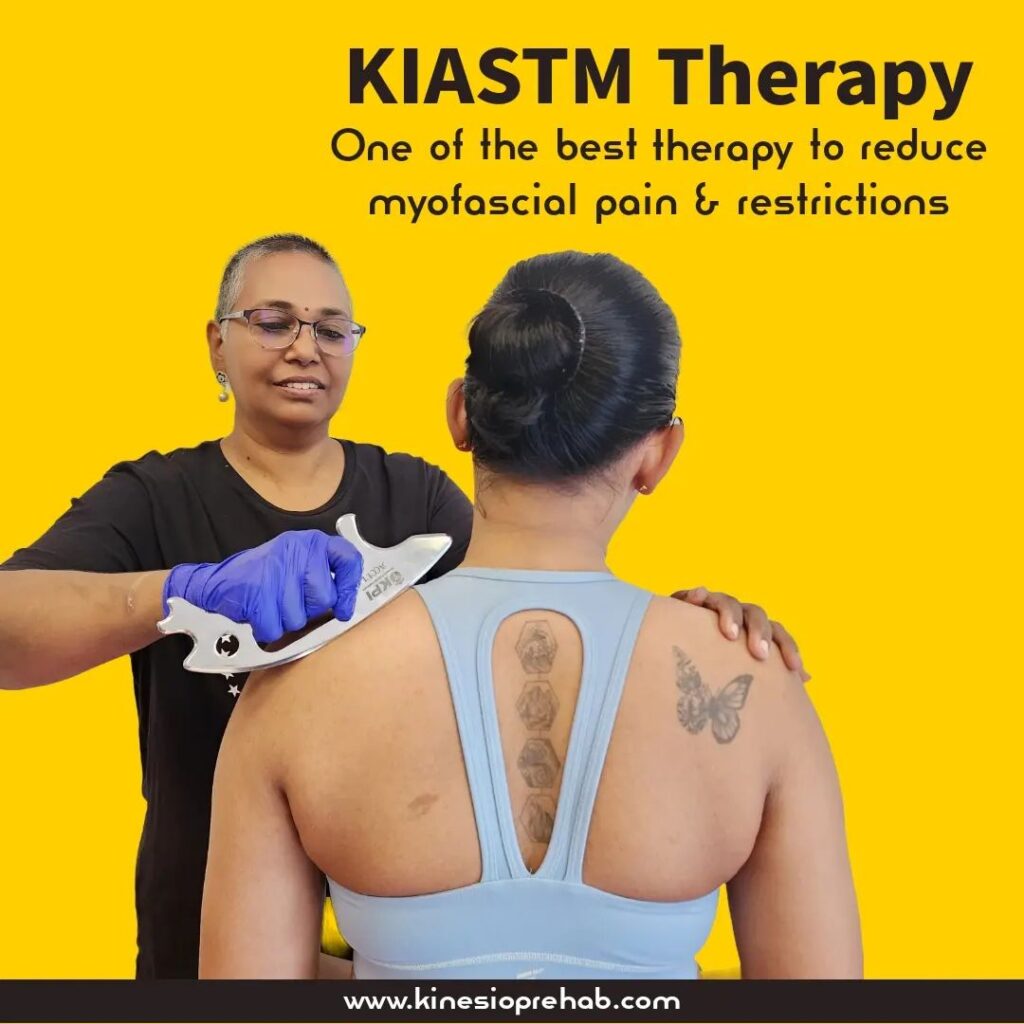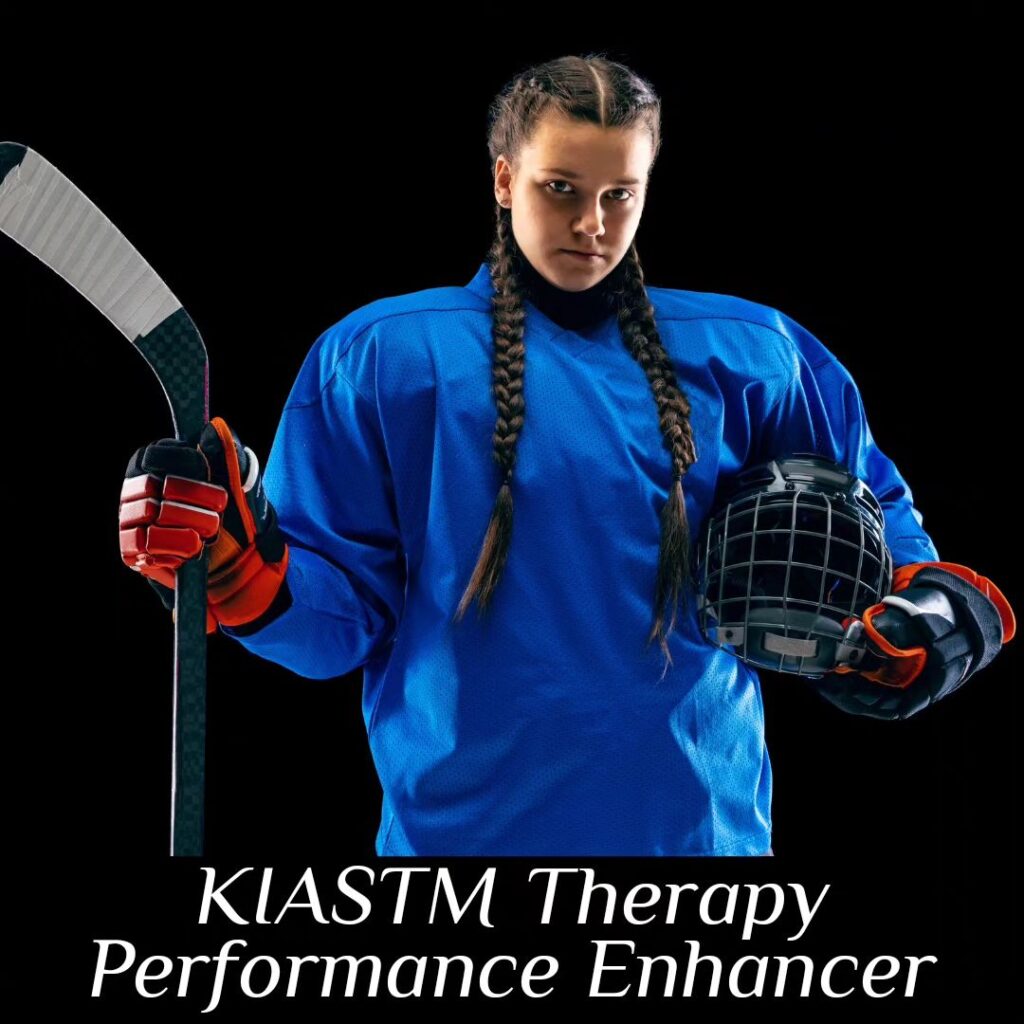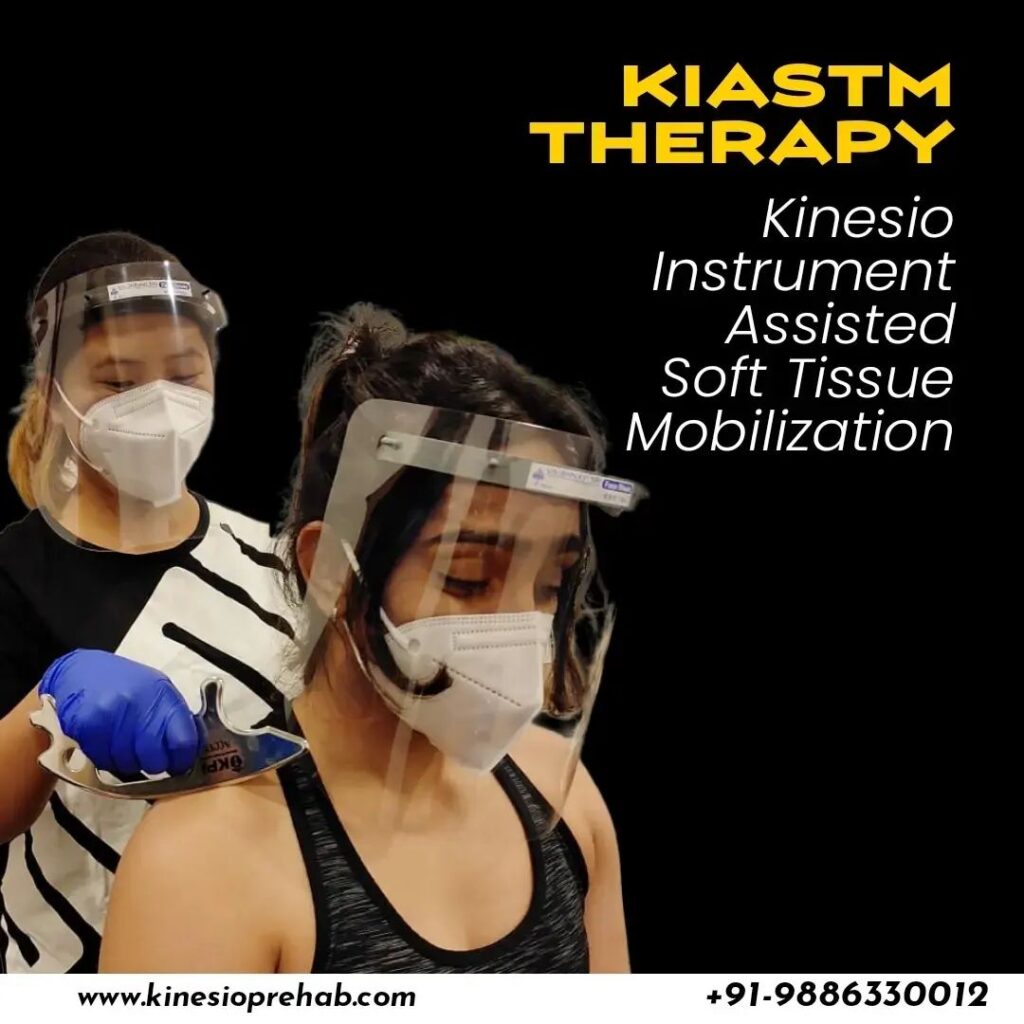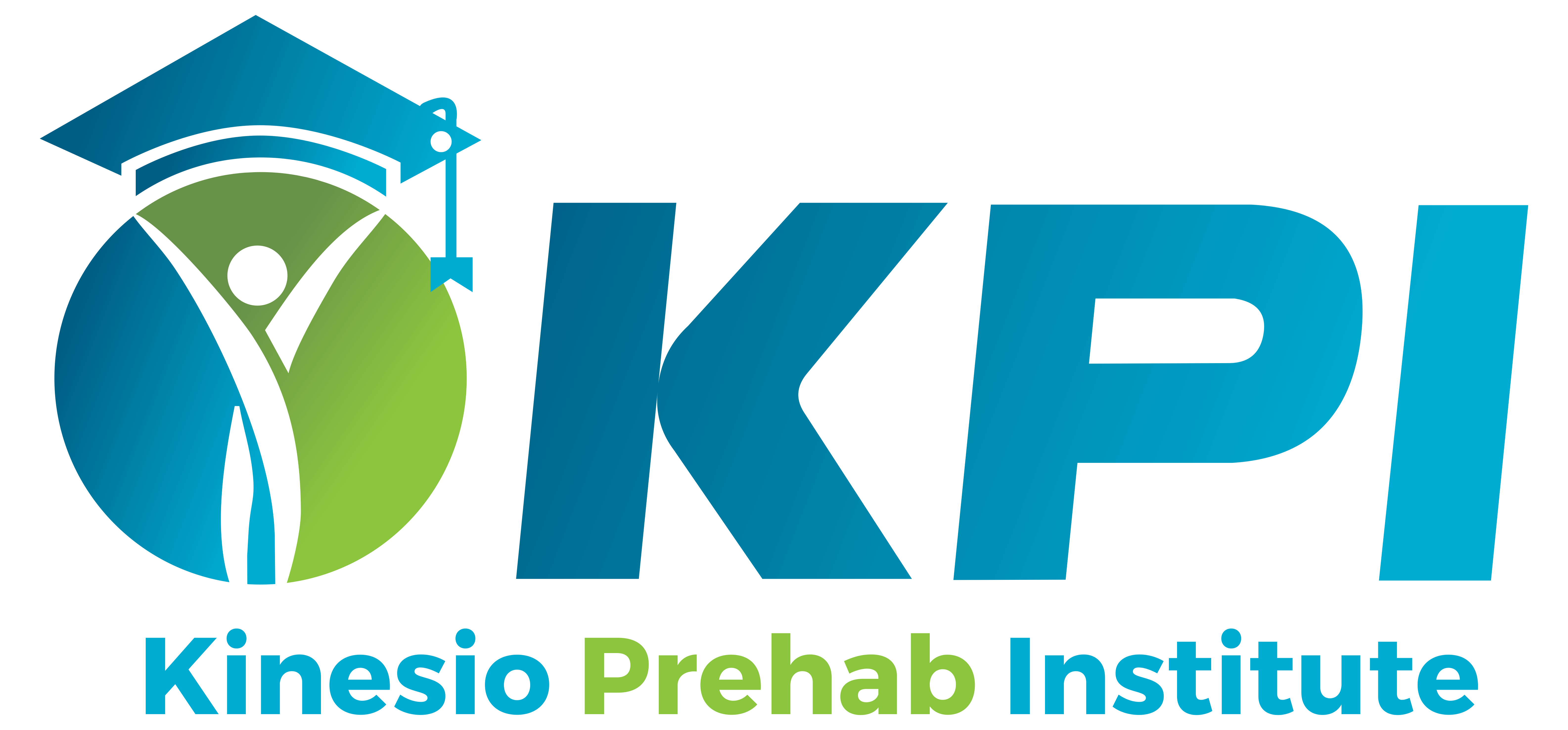Like a wildfire, KIASTM Therapy is becoming one of the top therapy to enhance sports performance in athletes.

As we all know that every single athlete’s body undergoes through stressful journey due to routine training program round the year. This not only reduces performance of an athlete but also increases risk factors related to sports injuries.
The most common medical conditions in athletes are:
- Exercise Associated Medical Cramps: Severe, painful muscle cramps in the legs, back and abdomen that arise after prolonged exercise in the heat are very common. They occur mostly at the beginning of the season in athletes who are less accustomed to the heat.
- Over-Training Syndrome: Overtraining syndrome has been recognized as a cause of decreased performance in elite athletes. The prolonged periods of training required for high-level participation in sports can lead to changes in the brain and immune system that we have termed “overtraining syndrome.”
The athlete may note frequent infections, chronic fatigue, depressed mood, poor sleep and decreased performance, despite adequate training and nutrition. Diagnosis can be difficult, and treatment may involve prolonged rest, changes in training routine and medications. - Rhabdomyolysis: Rhabdomyolysis is a condition that causes severe muscle damage and is often brought on by extreme exercise. When the muscles are severely damaged, they break down and release products into the bloodstream that can damage the kidneys and liver. This condition can be life-threatening if not treated appropriately. If you develop severe muscle pains and notice dark urine after an episode of extreme training, seek medical care immediately.
- Runner’s Stitch: Many of us have experienced a “stitch,” or pain in the side that comes on with prolonged exercise, usually running. This problem is not dangerous but can be quite painful. Runner’s stitch is similar to other muscle cramps and is thought to be related to localized sodium imbalances. It can also be caused by gastrointestinal cramping.



Advancing Treatment for Athletes:
We’re improving the quality of care for everyday athletes — from developing less-invasive treatment like KIASTM Therapy.
KIASTM Therapy, also known as Kinesio Instrument-Assisted Soft Tissue Mobilization, is a therapeutic technique that uses specific instruments to promote mobilization of restricted tissue. This technique is taught by Kanu Kaushik, Sports Physiotherapists & CEO of KPI (Kinesio Prehab Institute) and is commonly used by athletes and adults to break down fascial restrictions and scar tissue.
KIASTM therapy is believed to restore balance, motion, and function by changing the mechanical properties of the fascia, such as density, tonus, arrangement, and viscosity. It can be beneficial in treating myofascial pain by using instruments like the Accel Tool to release adhesions that can form in the muscles and fascia.
The focus of KIASTM therapy is on using instrument-assisted techniques to mobilize soft tissues and improve tissue health.
KIASTM Therapy can be beneficial for athletes to address soft tissue restrictions, improve mobility, and enhance performance. Here are some ways in which athletes can benefit from KIASTM Therapy:
- Injury prevention: KIASTM Therapy can help identify and address tissue restrictions and imbalances that may lead to injury. By releasing adhesions and scar tissue, it can reduce the risk of overuse injuries and improve tissue resilience.
- Improved recovery: Athletes often experience muscle soreness and tightness after intense training or competition. KIASTM Therapy can aid in accelerating the recovery process by promoting circulation, reducing inflammation, and improving tissue healing.
- Enhanced performance: By improving joint range of motion, muscle flexibility, and overall tissue health, KIASTM Therapy can contribute to enhanced athletic performance. It can optimize movement patterns and help athletes achieve optimal biomechanics.
- Faster rehabilitation: For athletes recovering from injuries, KIASTM Therapy can be used as part of the rehabilitation process. It can help break down scar tissue, increase blood flow to the injured area, and improve tissue mobility, allowing for a faster and more complete recovery.
- Pain management: Many athletes deal with chronic or acute pain as a result of their training or sports activities. KIASTM Therapy can be an effective tool for managing pain by reducing muscular tension, addressing trigger points, and improving tissue mobility.
It’s important to note that KIASTM Therapy should be performed after a specialized assessment which is designed specifically for athletes.
Consult Kanu Kaushik, Founder of KIASTM Technique who can assess an athlete’s specific needs and create a tailored treatment plan to address their unique requirements.



Sources:
KIASTM – A Body Sculpting Therapy – Kinesio Prehab Institute-KPI
